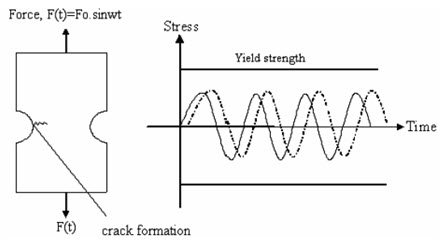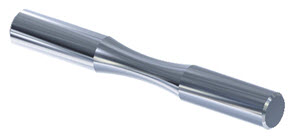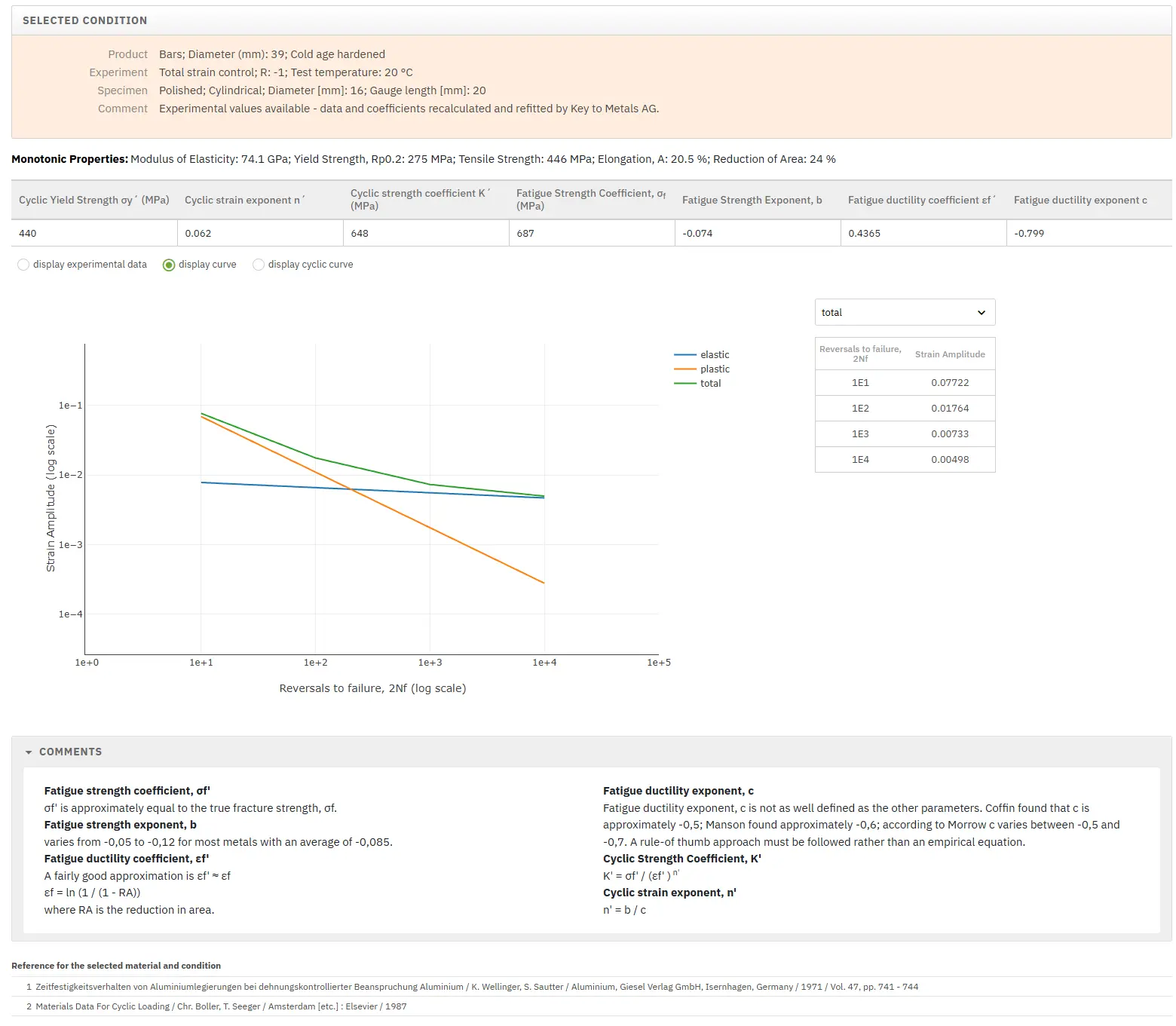Fatigue of Metals: Part One
Abstract
Fatigue has become increasingly prevalent as technology has developed more equipment subject to repeated loading and vibration, including automobiles, aircraft, compressors, pumps, and turbines. Today, fatigue accounts for at least 90 percent of all service failures due to mechanical causes. This phenomenon occurs when repeated deformation causes metals to crack and break, despite their ability to spring back to their original shape. Fatigue represents the most critical failure mode in mechanical design, characterized by unpredictable behavior and catastrophic consequences. Under oscillatory tensile stresses, small cracks initiate at stress concentration points and grow orthogonally to the loading direction. Understanding fatigue behavior requires extensive laboratory testing to determine material-specific failure patterns and cycle-to-failure relationships at various stress levels.
Understanding Metal Fatigue: The Foundation of Mechanical Failure
One of the most valuable properties of metals lies in their ability to bend or stretch while returning to their original shape. Even when metals experience permanent deformation, they maintain their structural strength. This characteristic enables metal forming processes and explains why metals rarely shatter despite their exceptional strength.
However, the fundamental lesson of physics teaches us that no event is truly reversible. Although metal components may appear to spring back unchanged, bending permanently alters their internal structure. Metals undergo modification through most mechanical experiences, and repeated deformation eventually causes cracking and failure through a process called metal fatigue.
This phenomenon extends beyond metals alone. Plastic materials exhibit similar behavior, while brittle materials such as glasses and ceramics undergo even more complex changes under repeated loading. However, their tendency toward immediate failure from overloading often masks fatigue effects.
The Mechanics of Fatigue Failure in Engineering Systems
Fatigue failure represents the most critical failure mode requiring consideration in mechanical design. Under oscillatory tensile stresses of sufficient magnitude, microscopic cracks initiate at stress concentration points. Once initiated, these cracks propagate in directions orthogonal to the oscillatory tensile loads.

Figure 1: Description of fatigue process
Figure 1 above illustrates the progressive nature of fatigue crack initiation and propagation in metal components under cyclic loading.
Several factors contribute to the dominance of this failure mode and the associated design challenges:
- The fatigue process demonstrates inherent unpredictability, as evidenced by statistical scatter in laboratory data.
- Translating laboratory material behavior data into accurate field predictions presents significant difficulties.
- Accurately modeling mechanical environments throughout entire design lifetimes proves extremely challenging.
- Environmental effects create complex stress states at fatigue-sensitive locations within systems.
These factors combine to create complicated interactions between multiple processes and influences affecting fatigue resistance.
Catastrophic Nature and Damage Mechanisms
Fatigue failures often occur catastrophically, arriving without warning and potentially causing substantial property damage and loss of life. Modern design processes increasingly emphasize early fatigue and durability calculations to reduce expensive redesign requirements later in development cycles.
Importantly, fatigue damage correlates with cycle amplitudes and ranges rather than peak stress values. Consequently, fatigue damage in any loading scenario depends on statistical properties including amplitudes and mean values rather than maximum loads alone.
Defining Fatigue Failure Characteristics
The majority of engineering failures result from fatigue mechanisms. Fatigue failure is defined as a material's tendency to fracture through progressive brittle cracking under repeated alternating or cyclic stresses considerably below normal material strength levels.
Although fractures exhibit brittle characteristics, crack propagation may require extended time periods depending on stress cycle intensity and frequency. Nevertheless, minimal warning precedes failure unless cracks receive detection and monitoring. The number of cycles required for fatigue failure at specific peak stress levels generally involves large numbers, decreasing as applied stress increases.
For certain mild steels, cyclical stresses can continue indefinitely provided peak stress levels remain below the endurance limit value, sometimes referred to as fatigue strength.
Common examples of fatigue failure include breaking thin steel rods or wire through repeated back-and-forth bending at identical locations. Similarly, unbalanced pump impellers create vibrations leading to fatigue failure in mechanical systems.
Laboratory Testing and Material Characterization
Determining fatigue behavior for specific materials heat-treated to particular strength levels requires extensive laboratory testing using large numbers of apparently identical samples. The figure below shows a typical laboratory specimen optimized for fatigue testing, featuring machined characteristics and polished surfaces that maximize fatigue life.

Figure 2: Laboratory fatigue specimen
Laboratory fatigue specimens undergo optimization for maximum fatigue life. These samples feature machined shape characteristics maximizing metal fatigue life and highly polished surfaces providing optimal fatigue performance conditions.
Standard Testing Procedures and Data Analysis
Individual tests involve applying known, constant bending stress to round material samples while rotating specimens around the bending stress axis until failure occurs. During rotation, stress applied to surface fibers varies from maximum-tensile through zero to maximum-compressive values cyclically.
Testing mechanisms count rotation cycles until specimen failure. Multiple tests at each stress level of interest undergo statistical analysis to determine expected cycles-to-failure at specific stress levels, providing essential data for fatigue analysis and design applications.
Access Cyclic Properties of Thousands of Materials Now!
Total Materia Horizon includes a unique collection of fatigue properties of metallic and nonmetallic materials, for both low- and high cycle fatigue.

Get a FREE test account at Total Materia Horizon and join a community of over 500,000 users from more than 120 countries.